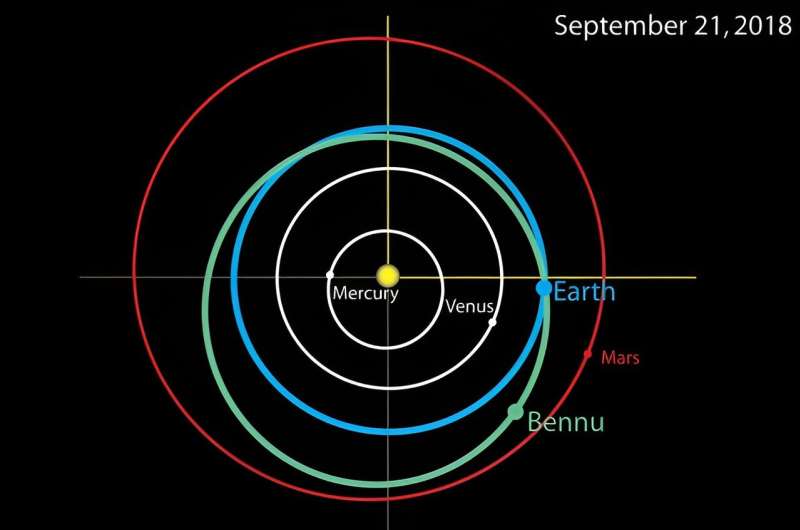Asteroid Rocks are central to the groundbreaking research being conducted by researchers at Curtin University and their global collaborators.
In September of last year, following a seven-year journey, NASA’s billion-dollar OSIRIS-REx mission successfully returned samples from the asteroid Bennu. These asteroid rocks have been distributed to research laboratories worldwide, including Curtin University, for detailed analysis.
A new study published in Meteoritics and Planetary Science unveils the initial findings from these asteroid rocks—and there are intriguing surprises in store. The samples primarily consist of dark particles, ranging from dust-sized fragments to pieces approximately 3.5 cm long. Additionally, some lighter particles were discovered, with certain stones exhibiting bright veins and crusts.
Associate Professor Nick Timms from Curtin’s School of Earth and Planetary Sciences, a member of the OSIRIS-REx Sample Analysis Team, noted that unlike meteorites that have fallen to Earth, the asteroid rocks from Bennu remain in pristine condition. They have not been contaminated by Earth’s atmosphere or biosphere.
“Analysis shows that Bennu’s asteroid rocks are among the most chemically primitive materials known, bearing similarities to the visible surface of the sun,” said Associate Professor Timms. “This suggests that Bennu’s materials have undergone distinct processes compared to those on the planets, altering the abundance of specific elements relative to the sun.”

The study confirmed the presence of components previously hypothesized, such as hydrated phyllosilicates—a type of mineral that forms in the presence of water—and carbon-rich material.
“This indicates that asteroid rocks like those from Bennu may have played a crucial role in delivering water and the essential building blocks of life to Earth,” explained Associate Professor Timms.
The samples also revealed several unexpected components. “We were surprised to find magnesium-sodium phosphates among the asteroid rocks, suggesting that Bennu may have experienced chemical environments involving water,” said Timms.
Additionally, the presence of other trace minerals offers insights into the processes that occurred on Bennu over billions of years, including temperature and pressure conditions. These trace minerals help reconstruct Bennu’s evolution and provide valuable information about the early solar system and the formation of various planetary bodies.
Associate Professor Timms anticipates that further analysis of the Bennu samples will lead to many more discoveries, significantly enhancing our understanding of the early solar system.
“The samples contain presolar grains created before our solar system’s formation, offering a detailed history of ancient stars,” he noted. “Understanding the composition of these asteroid rocks has practical implications, from identifying potential mining opportunities to developing strategies for planetary defense against potential asteroid impacts.”








